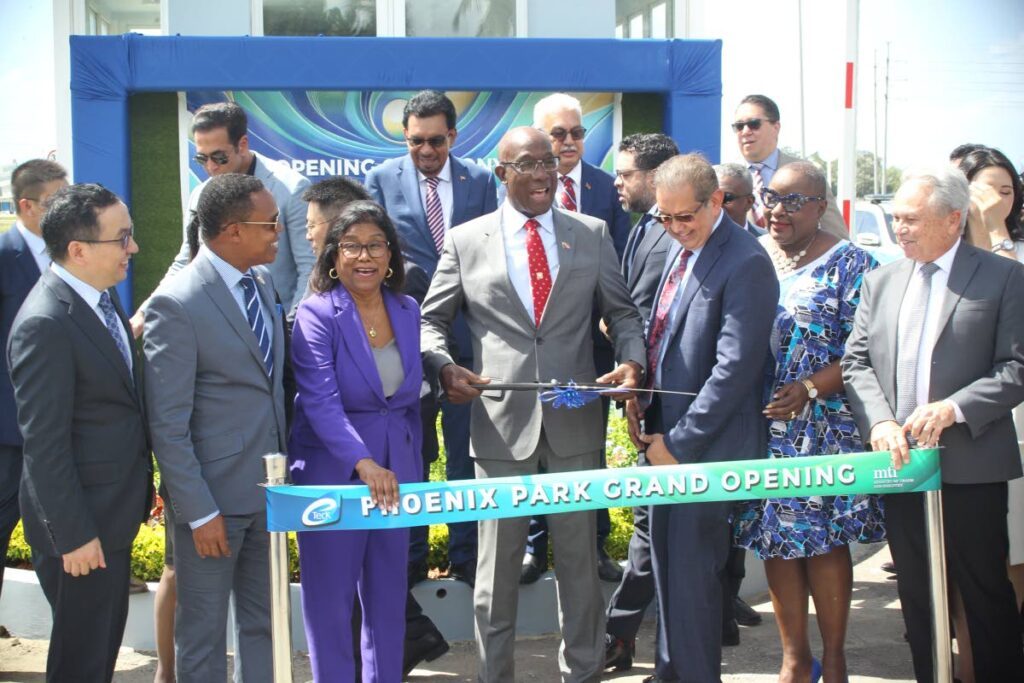Phoenix, a familiar story

WITH THE formal ribbon-cutting ceremony of the Phoenix Park Industrial Estate last week, the Government has achieved two seemingly complimentary objectives.
First, it has signalled its commitment to economic diversification and to the concept of “industrial park” as a key means of achieving that diversification.
Second, it has continued mutually beneficial ties with China.
But if diversification is about not putting all your eggs into one basket, then there is something decidedly obstinate and unambitious about simply continuing the approaches of the past.
There is the whiff of the same ole, same ole in all of this.
On the one hand, to paraphrase the maxim, if it isn’t broken, why fix it? Industrial parks create jobs. They improve a country’s tax base. They aid sustainability by encouraging businesses to stay in one fixed place while also boosting growth. They open the door to greater diversity.
We already have decades of experience with these parks. State company eTeck alone has oversight of two dozen such economic zones, which support almost 400 enterprises.
Other entities, such as E-Idicot in Tobago and Labidco in La Brea, are also associated with them.
And yet, it is hard to quantify how much revenue is generated, how many are employed and how pervasive the impact of these parks has been, for want of up-to-date data and analysis.
So often, ribbons are cut and that’s it. There is no follow-up.
Assuming these spaces benefit us, the latest industrial park is not solely a state project. It is an initiative of China, falling under its ambitious Belt and Road programme.
Here, too, is the ring of the familiar. China’s investment in TT, from 2008 to 2020, totals at least US$2.3 billion, though government-to-government arrangements are opaque.
The price tag of Phoenix Park is understood to be US$104.3 million. Its very first tenant was Summit (TT) Luggage Co Ltd, headquartered in Guangdong, China.
This investment has fuelled development in the past and seems premised, from a certain vantage point, on a strategic calculation that economic integration furthers the interests of peace and the global economy. However, while we cling to our usual ways, the world around us is unfortunately untethering itself from such ideals.
“Although the demand for hydrocarbons will exist for decades to come, economic diversification is an absolute priority,” the Prime Minister stated last week. “It is a delicate balance.”
Meanwhile, we are partly relying on methods which will tie us to an economy that is itself undergoing change.
The World Bank forecasts China’s economic growth will drop from five per cent in 2024 to 3.4 per cent in 2028, well below its historical average. This will affect not only the terms of existing financing and future investment, but also the demand for non-energy commodities produced by industrial parks.
Therefore, while this project is a welcomed step in the right direction, it must be a part of a bigger effort within the policy calculations of the State, calculations that must do more than merely striking a hesitant balance. We must maximise local content and involvement in mutually beneficial cross-border collaborations.


Comments
"Phoenix, a familiar story"